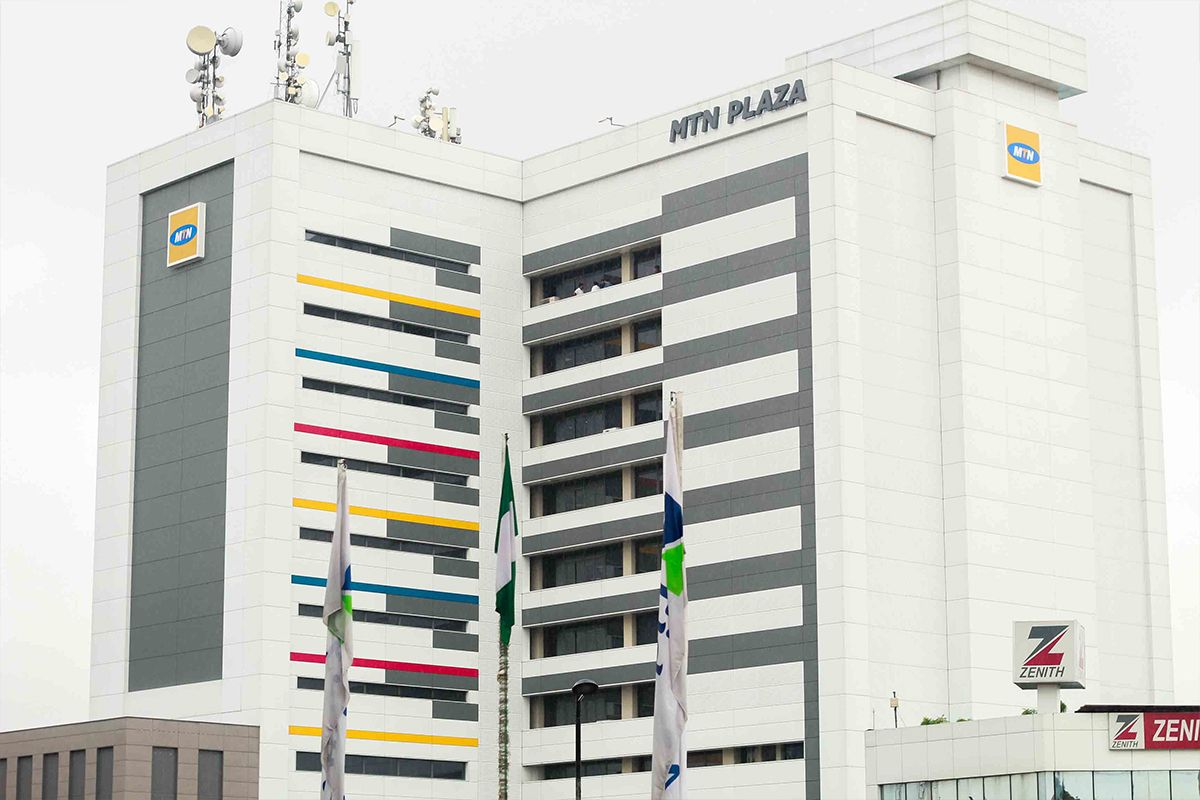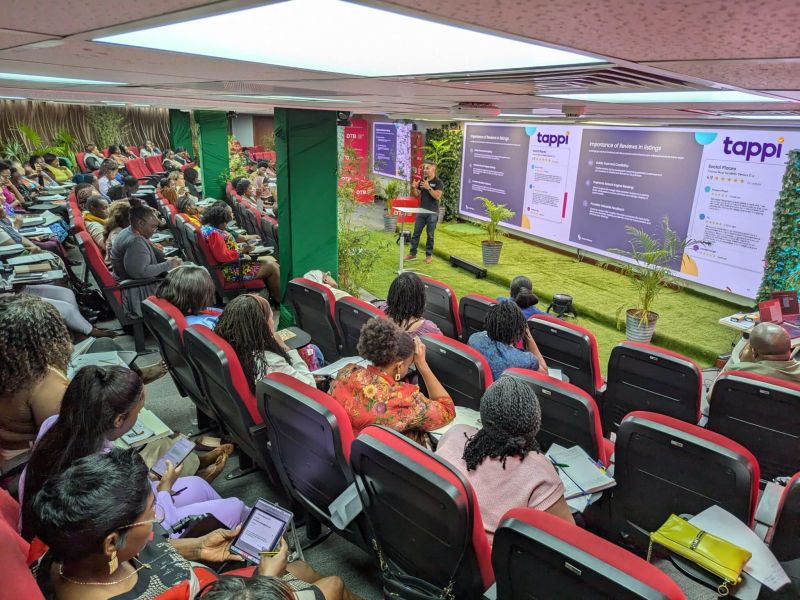Mastercard has recently released a white paper titled The Gig Economy in East Africa: A Way to the Financial Mainstream, which detailed how gig jobs across East Africa are facilitating economic growth by providing economic opportunities, improving livelihoods, and acting as a buffer against unemployment.
However, for the gig economy – which is based on short-term, temporary and flexible independent contracts – to fulfill its potential and foster prosperity for millions of people, the digital divide must be bridged via connected devices that empower the digital economy, increased access to capital and access to market.
The white paper explores how digital inclusion is a prime enabler of the gig economy. Connected devices, which are already proven to be vehicles of inclusion and development in Africa, can help gig workers overcome some of the biggest challenges they face, ultimately driving financial inclusion and leading to improved economic possibilities.

The paper was based on research from in-depth face-to-face interviews with gig workers in Kenya, shows that the gig economy is nascent, buoyant, and continues to grow, with almost two-thirds (60%) of gig workers joining the gig economy between 2017 and 2019. However, like much of the informal sector, uncertainty is a fact of life, with the biggest challenges being around continuity of income. More than half (55%) said that not knowing when the next gig is contributes to instability. And close to 60% of respondents said that fluctuation in income from week to week is a cause for frustration.
Currently, research-based estimates in 2019 put the total size of the online gig economy in Kenya at USD 109 million, employing 36,573, while the offline gig economy comprises 5.1 million workers, and accounts for USD 19.6 billion. Despite this, online gig economy work is preferred; Mastercard’s report found that almost 60% would prefer online gigs to offline.
This is because online gig work enables end-to-end management of projects. A third (over 35%) said that finding gig work was easier on a platform, and about 30% said platforms made faster payments possible, and helped them connect to other workers.
According to a report by The Africa Logistics, Some of the most common types of gig work in East Africa are in artisanal and general services, which includes welders, electricians, carpenters, and domestic work. “Independence” is the powerful motivator behind this movement. Being self-employed with the freedom to work at an individual pace are part of why gig work is growing. It is an inclusive space where people of different social and economic backgrounds can fit in and earn a living.
The Gig Disconnect
With the digital economy as an enabler of greater prosperity and inclusion, gig platforms have proven to be a single touchpoint for many services and opportunities utilized by gig workers. But access to gig work opportunities is often not enough to keep a gig worker afloat. Loans, instant payments, and benefits such as insurance, are the top three perks desired by gig workers in Kenya, and 45% of respondents said they are willing to pay between $1 and $5 a month for such benefits and services.
Over 80% of respondents in Mastercard’s research said instant payments when a job is finished is the most desired feature of a gig platform. And in step with the prevalent mobile money system, about two-thirds (62%) of respondents said they prefer to receive payment through mobile money such as MPESA or Airtel Money because it is readily available, reliable, easy to manage, secure, and convenient. However, there are still barriers to internet access that need to be overcome to realize the massive opportunity that the East Africa region represents. One is the slower speed of internet data in Africa compared to other continents.
However, connected devices are bridging divides between urban and rural, rich and poor, and connecting gig workers to peers, information, opportunities and services. But what’s equally as critical is establishing a digital identity for gig workers across platforms.
There are various gig platforms currently being utilized, but it is difficult for a single platform to provide the value and benefits that workers require, such as easy collection of payments via digital channels, and access to credit, training and insurance, particularly as they tend to move from one platform to another.
“A collaborative approach is called for to not just create jobs, but also a gig-worker identity that provide benefits, ensuring decent working conditions and improved livelihoods,” says Ngozi Megwa, Senior Vice President, Digital Partnerships, Mastercard MEA
Kenya In Focus:
Population: 52.6 million (Compared to South Africa's 59.6 million)
GDP: $95.5 billion (Compared to South Africa's $369.85 billion)
GDP Per Capita: $1,750 (Compared to South Africa's $6,193)






